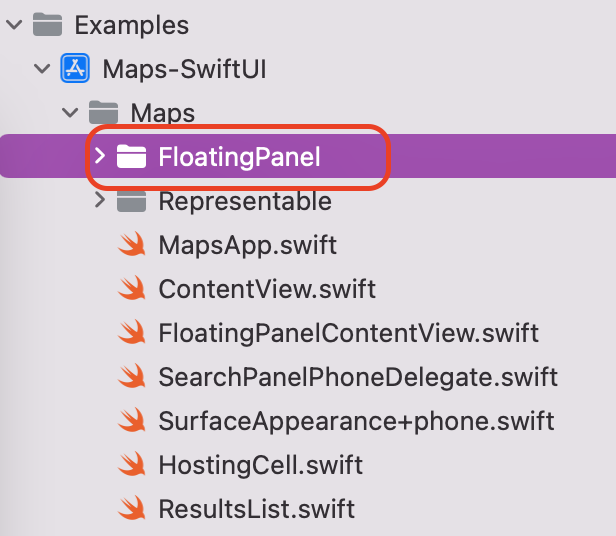Thank you for your attempt for Swift UI! I'm sorry I haven't yet tried the lib with SwiftUI because I'm working recently for v2 which beta I'm going to release next month.(v2 will resolve many issues in GitHub). But I would like to try your example and take a look at scroll tracking problem later.


I'm trying to make the library work with SwiftUI, and was wondering if you have had any success so far.
You can find my attempt here:
Steps:
FloatingPanelprojectViewController.swiftViewController.swiftcontent with:Click here to see the source code
Current working example:
Thank you in advance! Federico